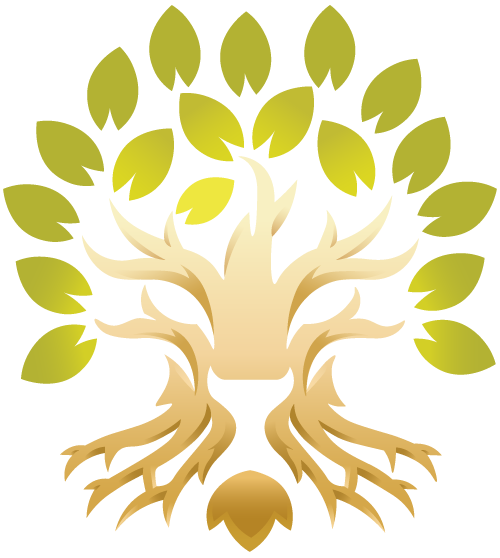Is a Permit Necessary to Cut Down a Tree on Property in Florida?
A beautifully landscaped lawn or yard beautifies a property’s look. Having large, healthy, and safe trees in the garden adds value to a property. However, there is a risk of damage from fallen tree limbs or branches. Trees are susceptible to breakage, especially during the storm season. With Florida being one of the most hurricane-prone states in the country, people have to stay more proactive about preparing their trees to withstand the inclement weather.
Florida residents are often worried about protecting their property from potential tree damage. Ensuring that the trees around the house are healthy and don’t pose a severe threat if a storm were to hit anytime is critical. Until recently, tree removal from residential properties in Florida was highly reliant on local regulations. Property owners had to get a permit by paying a fee from the city or town for tree removal or trimming. Removing a tree without a permit attracted a fine earlier.
What is house bill 1159 or private property rights?
A 2019 state law bans the local government’s regulation on tree removal on private properties. The new legislation waives fees and does away with the need to obtain a permit or application from the local municipality, offering more freedom to homeowners to prune, trim, or remove trees from their property. However, it does not mean they have free range to do whatever they want with the trees.
It is mandatory under the new legislation to obtain a document issued by a certified arborist. They should either be certified by the International Society of Arboriculture or are Florida-licensed landscape architects. The letter should state that a particular tree is hazardous and needs to be cut down. The professional performs a risk assessment to determine whether a tree presents a threat to the people or the property. If he or she finds a tree posing a hazard, he or she issues the required document.
They are also no longer required to re-plant the pruned, trimmed, or removed tree. Permits are still required to remove healthy and non-dangerous trees until exempted by the Land Development Code. The new legislation does not apply to Mangrove tree protection.
A trained arborist focuses on different factors to show how and why a particular tree is hazardous. As there is no specific mention of what defines a dangerous tree, hiring a certified arborist is the best way.
Signs of a dangerous tree
It is not difficult for homeowners to identify a dangerous tree. Here are some of the common signs to keep an eye on:
Broken, hanging, or dead branches
A hollow or leaning tree
Trees with damaged roots
Trunk with open cavities, cracks, and splits
A tree too close to the house
A structurally weak tree
Most property owners love the trees growing on their property, and they want them to stay safe and healthy. Florida residents looking to trim, prune, or remove a dangerous tree from their property do not require permits now. They should hire a professional tree service company or an arborist for inspection to determine the best course of action.
Chuck’s Tree Service offers tree trimming and pruning, tree removal, tree care, and other services like crane services, storm damage tree removal, brush haul-off, land clearing and site development, and tractor services in Pasco, Hernando, and Pinellas Counties. Regular tree care can encourage vigorous growth, increase flower and fruit production, improve tree health, and more. Call us at 352-606-8289 today!

